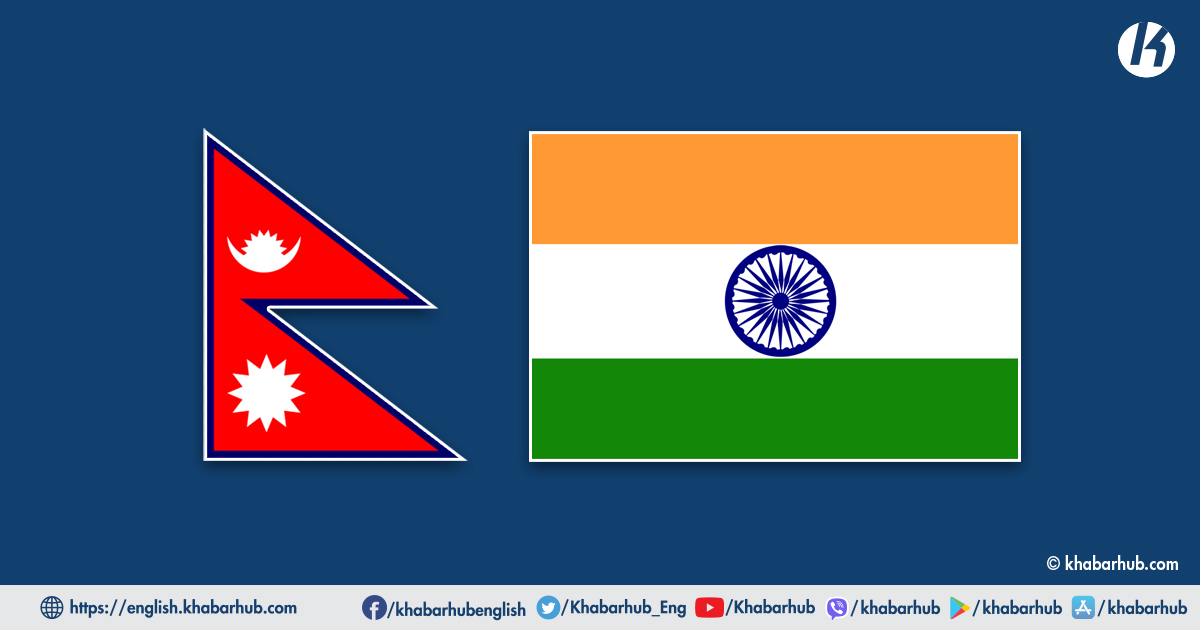With political slugfest continuing in Nepal as coalitions break and are re-made, political stability appears to have taken the front seat while social and economic concerns are relegated to a low-priority issue.
Nepal has also been facing intense protests with pro-monarchy supporters seeking revision of Nepal’s political system back to monarchy and abolition of democracy along with a rising clamour for reclaiming Nepal as a Hindu state.
These protests have gained traction in the past few months and reflect poorly on the ability of Nepali statesmen and political elite to consolidate democracy as a preferable political system, with Nepal witnessing 13 new governments in the last 16 years, highlighting the political turmoil in the country.
With Prachanda back with KP Sharma Oli-led Communist Party of Nepal – Unified Marxist-Leninist (CPN-UML) to form the new government, analysts surmise that the country’s pro-China tilt will increase likely at the expense of India-Nepal ties.
However, such an inference betrays the foundation of the Indo-Nepal relationship which is based on strong religious, cultural, economic and political ties that go back centuries.
The two countries not only share open borders but there has always been unhindered movement between peoples of the two countries who have forged relations through marriage and familial bonds.
In his visit to Nepal early this year, Indian foreign minister Dr S Jaishankar highlighted PM Modi’s formula of ‘HIT’ to bolster ties between India and Nepal. This HIT emphasizes highways (H), Iways (I), and Transways (T).
Despite the immense strategic importance Nepal holds in India’s geopolitical and security calculus, India never viewed its relations with Nepal through such a narrow lens.
Inaugurating the Central Library of Tribhuvan University, 25 schools, 32 health projects, and a Cultural heritage sector project, Dr. Jaishankar also committed a financial assistance package of USD 75 million for rebuilding infrastructure damaged by an earthquake hitting western Nepal in 2023.
India is already cooperating with Nepal on several developmental projects.
The project to build the Ramayan Circuit which already links various sites of the two neighbouring countries is being undertaken.
The laying of the foundation stone for an Indian monastery by the Indian PM Narendra Modi in his last visit was concluded.
The infrastructure and other collaborations are also seeing the light of day. Nepal offered India to take up the languishing West Seti hydropower project of Nepal.
In the field of education, IIT Madras and Kathmandu University are to collaborate on offering a joint degree programme while the Indian Council of Cultural Relations (ICCR) and Lumbini Buddhist University decided to establish a Dr Ambedkar Chair for Buddhist Studies.
In May 2022, Indian Prime Minister Narendra Modi and the then Nepal Prime Minister Sher Bahadur Deuba signed four agreements to boost the relationship between the two countries.
These agreements included Nepal officially joining the International Solar Alliance stewarded by India, Nepal’s railway sector receiving Indian technical assistance, the petroleum sector of the two countries seeing cooperation, and the exchange of expertise between Indian Oil Corporation and Nepal Oil Corporation.
Both PM Modi and PM Deuba also flagged off the Kurtha-Jayanagar cross-border passenger train services while jointly launching India’s RuPay debit card to facilitate digital payment using ruPay cards in Nepal.
Meanwhile, the meeting also saw the inauguration of the Solu Corridor 132 KV power transmission line and substation in Nepal.
This was built by the line of credit extended to Nepal by the Government of India.
India’s involvement in Nepal has been informed by its principle of ‘Vasudhaiva Kutumbakam’ and the policy of ‘Neighbourhood First’.
Amid evolving geopolitical dynamics, India’s enduring friendship with Nepal stands as a beacon of solidarity, offering a path towards a prosperous and interconnected South Asian region.
Despite the immense strategic importance Nepal holds in India’s geopolitical and security calculus, India never viewed its relations with Nepal through such a narrow lens.
Unlike India, China, on the other hand, has viewed Nepal from strategic and security aspects.
Historically, China’s concern was to secure its hegemony over Tibet and keep away any external power from the region.
Such a concern shaped China’s relations with Nepal. In fact, there has been a history of conflict and wars between China and Nepal.
As Nepal consolidated its trade ties with Tibet under the 1789 Treaty of Kerung, China began a military advance against Nepal.
In 1792, China invaded Nepal with 70,000 troops and advanced up to Dhaibung (close to Kathmandu).
With its neocolonial pursuits, China has been ensnaring Nepal in its debt trap.
Investments like Pokhara International Airport and other significant infrastructural investments in Nepal are making the Himalayan nation more and more dependent on Chinese funds.
China is now the largest creditor to Nepal, and these credits come up with vicious designs hidden in them.
It is how the classic Chinese playbook of debt trap diplomacy works, as seen in cases such as that of Sri Lanka and Pakistan.
A clear contrast is visible in the approaches of its two neighbours. Where India-Nepal ties are based on mutual respect and sovereign equality, China’s approach is that of a regional hegemon.
Unlike China which has been an interloper and pursued its interest with Nepal largely for geostrategic gains, India has followed the policy of non-reciprocity with Nepal and extended favourable terms to Nepal given the civilizational and historical links between the two countries.
In conclusion, as Nepal faces political challenges, India’s support remains unwavering, grounded in mutual respect and shared aspirations.
Through initiatives like the ‘HIT’ formula and collaborative projects spanning education, culture, and infrastructure, India fosters a robust partnership with Nepal.
This reflects India’s commitment to regional stability, connectivity, and socio-economic progress.
Upholding the principles of Vasudhaiva Kutumbakam, India’s engagement transcends borders, promoting a vision of inclusive growth and cooperation.
Amid evolving geopolitical dynamics, India’s enduring friendship with Nepal stands as a beacon of solidarity, offering a path towards a prosperous and interconnected South Asian region.
(Dr. Maheep is a leading analyst of International Relations and Global Politics. He has been in teaching and conducting research for over a decade)








Comment